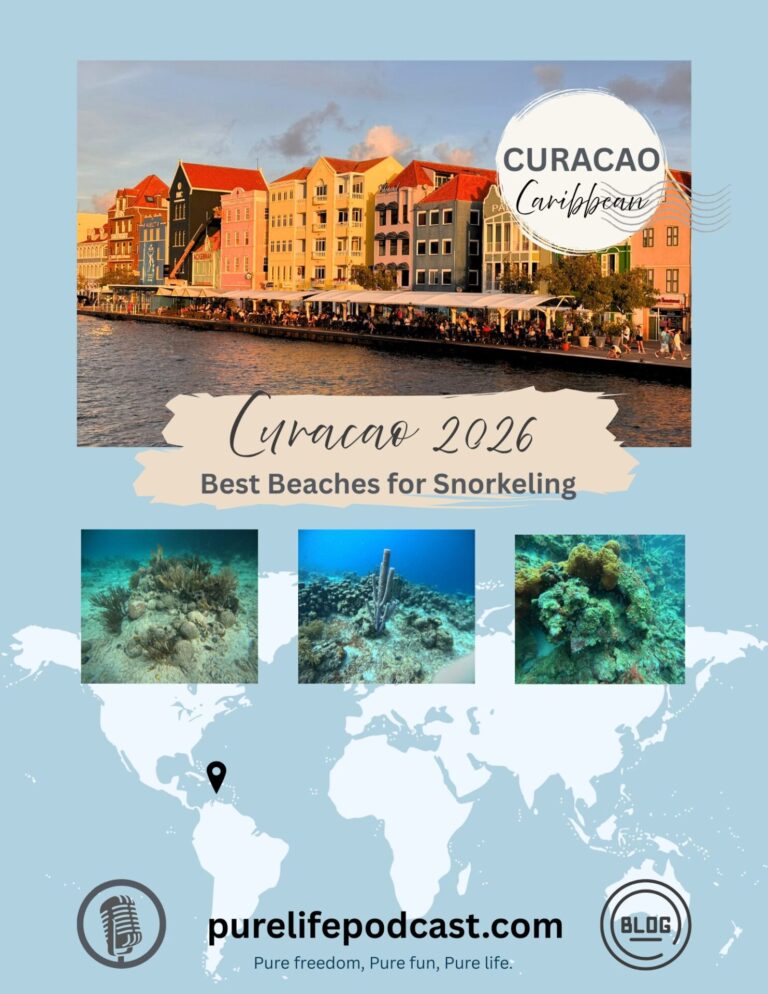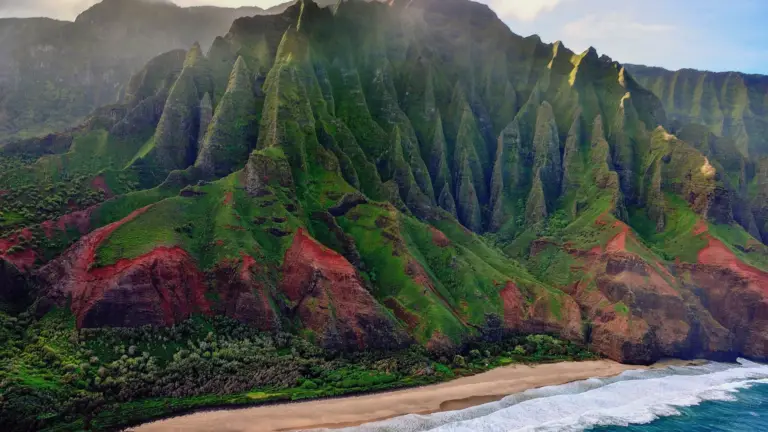
Blog
Top Restaurants You Must Try in Curacao (2026) — Pure Life Podcast’s Comfort-Luxe Food Guide 🍽️🌴
Pure Life Podcast’s Comfort-Luxe Food Guide to the Top Restaurants You Must Try In Curacao
December 5, 2025
No Comments

Blog
Best Singapore Foods to Try in 2026
Your Ultimate Guide to the Best Singapore Foods to Try in 2026 from Former Singapore
December 4, 2025
No Comments

Blog
Best Beaches in Curacao for Snorkeling (2026 Guide): Top 7 Spots You Can’t Miss
Why Curacao Belongs on Your 2026 Travel List When it comes to planning the perfect
December 2, 2025
No Comments

Blog
Best Oahu Family Resorts 2026: Top Areas to Stay on Oahu for Families
Why Oahu Is the Ultimate Family Destination for 2026 Oahu is one of the top
November 17, 2025
10 Comments

Blog
12 BEST Day Trips From Tokyo By Train Not To Miss In 2026
Updated November 11, 2025 Luxury, Culture & Easy Planning Welcome to Pure Life Podcast. Planning
November 11, 2025
6 Comments

Blog
Best Snorkeling Spots in Oahu for Families in 2026
Luxury Comfort Meets Ocean Adventure on Hawaii’s Gathering Isle If you’re dreaming of turquoise water,
November 6, 2025
4 Comments